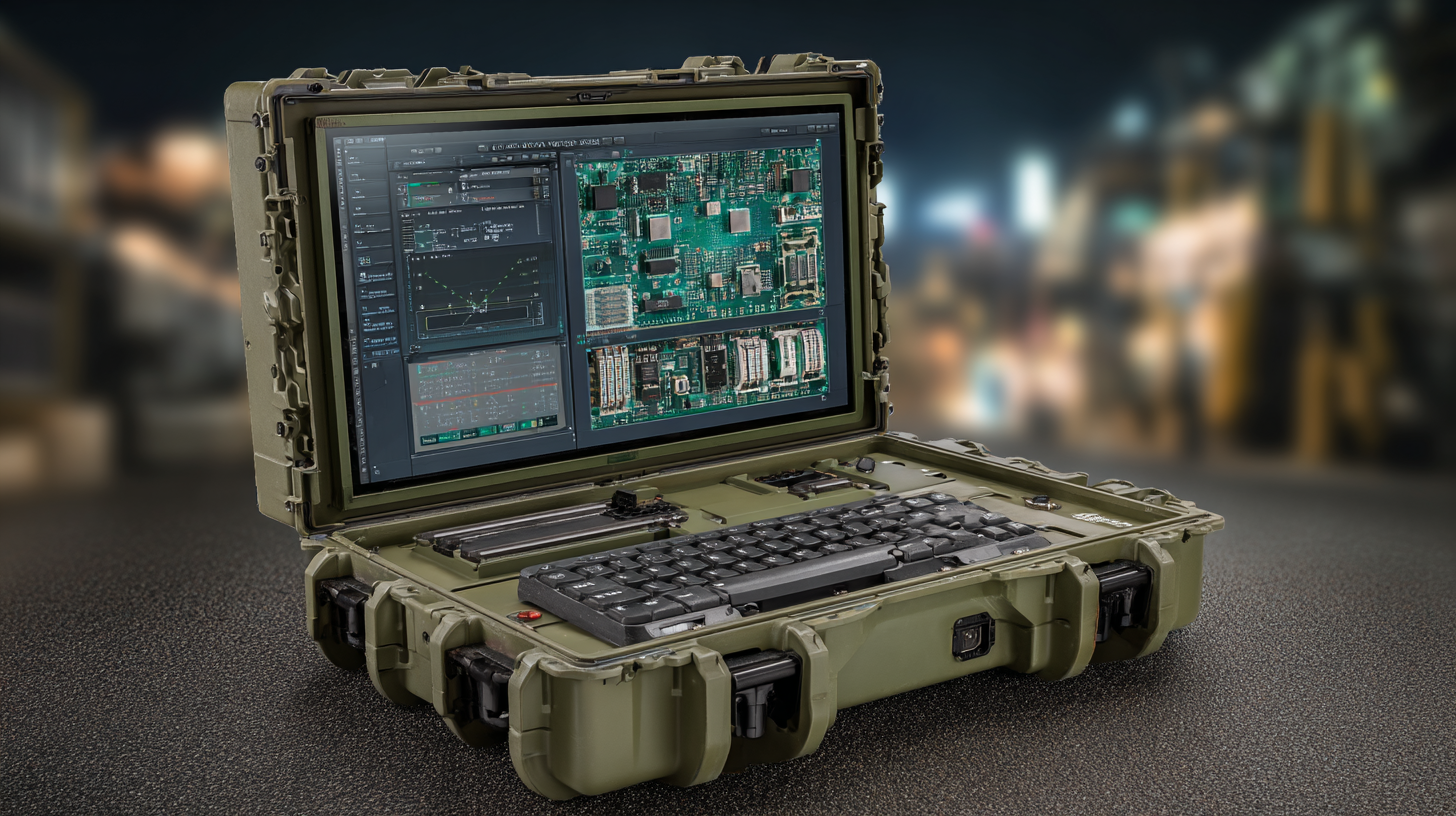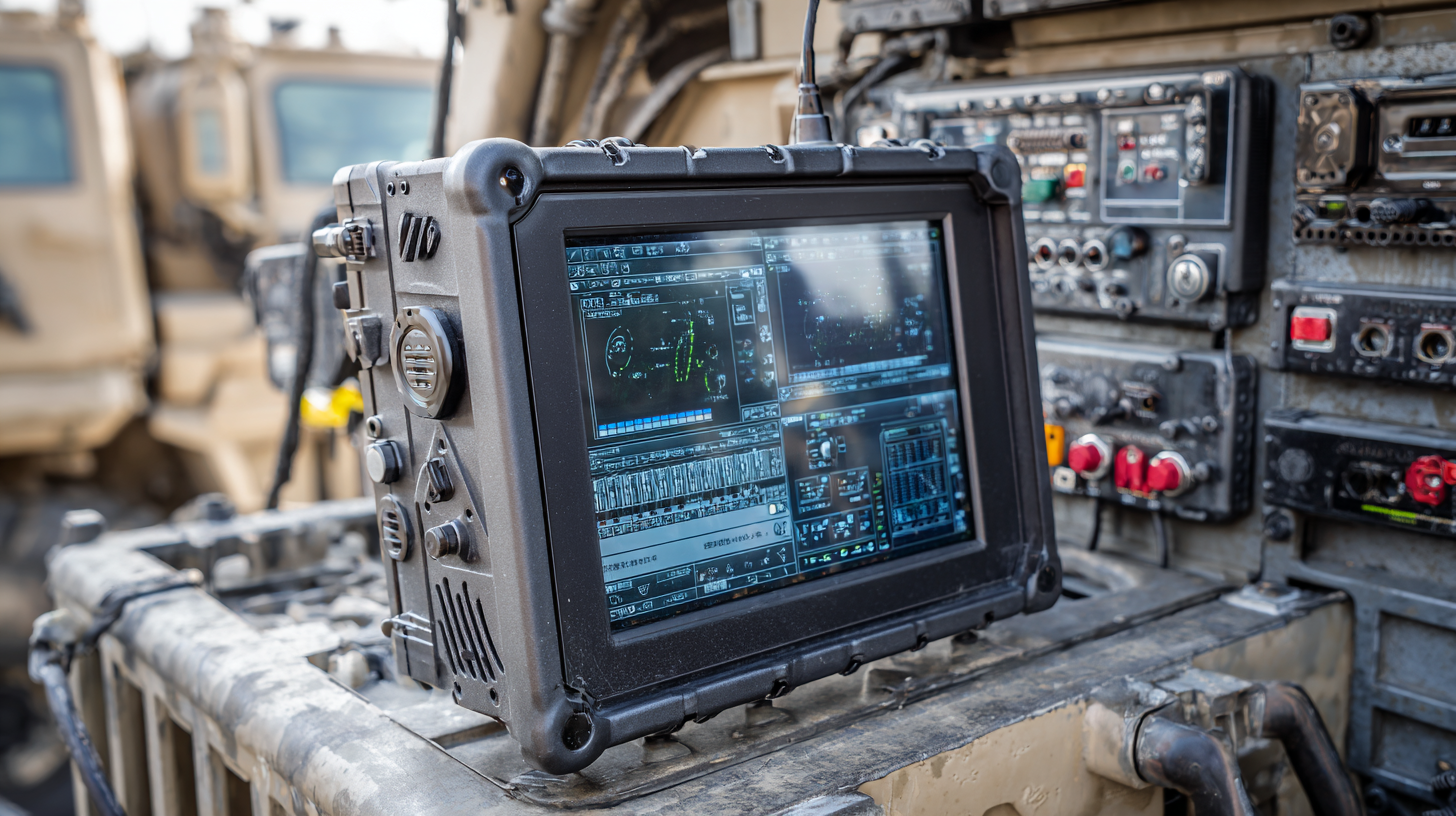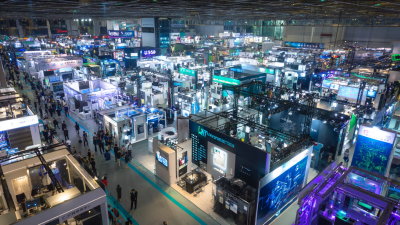Exploring the Power and Durability of Rugged Industrial Computers in Harsh Environments
In today's rapidly evolving technological landscape, the demand for robust and reliable computing solutions has never been greater, particularly in industries that operate within harsh environments. Rugged industrial computers have emerged as essential assets for businesses aiming to maintain operational efficiency in challenging conditions such as extreme temperatures, moisture, dust, and vibration. These high-performance systems are specifically designed to withstand the rigors of industrial applications while delivering consistent performance and durability. As organizations seek to enhance productivity and ensure the longevity of their equipment, exploring the capabilities and advantages of rugged industrial computers becomes paramount. This discussion will delve into the core features that make these devices indispensable, as well as the significant role they play in safeguarding data integrity and operational continuity in demanding settings.

Understanding the Essential Features of Rugged Industrial Computers for Harsh Environments
Rugged industrial computers are designed to withstand the challenges presented by harsh environments, including extreme temperatures, vibrations, and dust. According to a recent industry report by VDC Research, the market for rugged computing solutions is expected to grow at a compound annual growth rate (CAGR) of 6.2% through 2026. This growth can be attributed to the increasing demand from sectors such as manufacturing, logistics, and oil and gas, where operational reliability is critical.

Key features of these computers include MIL-STD-810 certification, which ensures their durability under various environmental conditions, and IP ratings that indicate their resistance to dust and water ingress. For instance, a computer with an IP67 rating can withstand full immersion in water for short durations, making it ideal for outdoor applications. Additionally, an extended temperature range of -40°C to 70°C enables these devices to function effectively in diverse climates. As industries increasingly rely on technology in rugged settings, understanding these essential features will help ensure the selection of the right industrial computer for operational needs.
Selecting the Right Rugged Industrial Computer: Key Considerations and Specifications
When selecting the right rugged industrial computer for harsh environments, several key considerations must be taken into account. First, the durability of the computer is paramount. It should meet specific military standards for environmental resilience, such as resistance to extreme temperatures, humidity, shock, and vibration. This ensures the device can function properly even in adverse conditions, which is crucial for industries like manufacturing and logistics that often operate in rugged settings.
Another important aspect is the technical specifications, particularly the processing power and expandability. Businesses should prioritize computers with robust processing capabilities to handle demanding applications efficiently. Additionally, the ability to upgrade components like memory, storage, and connectivity options can extend the lifespan of the computer and adapt to changing technological needs. Finally, consider the support and warranty offered by the manufacturer, as reliable post-sale service can be vital in maintaining these computers in high-demand environments.
Power and Durability of Rugged Industrial Computers in Harsh Environments
This chart illustrates key specifications of rugged industrial computers designed to withstand harsh environments. The parameters compared include temperature range, shock resistance, vibration resistance, and ingress protection levels, showcasing the robustness required for industrial applications.
Enhancing Durability: Tips for Maintaining Rugged Industrial Computers in Extreme Conditions
Rugged industrial computers are designed to withstand extreme conditions, making them essential for industries such as manufacturing, oil and gas, and military applications. Maintaining these machines is crucial to ensure their longevity and reliable performance. One key tip is to regularly clean the devices to prevent dust and debris accumulation, which can obstruct ventilation and lead to overheating. Utilizing protective covers and enclosures can also shield the computers from moisture, chemicals, and physical impacts during harsh operations.
Another important aspect of maintaining rugged industrial computers is monitoring their temperature and power supply. High temperatures can adversely affect hardware components, so it is advisable to use thermal management solutions such as dissipative materials or cooling systems. Furthermore, investing in surge protectors will safeguard the equipment against power spikes, which are common in industrial settings. By incorporating these maintenance tips, users can enhance the durability and functionality of rugged industrial computers, ensuring they remain operational in the toughest environments.
Real-World Applications: Where Rugged Industrial Computers Make a Difference
In today's industrial landscape, rugged industrial computers are proving indispensable in various challenging environments.
According to a report by VDC Research, the ruggedized computing market is projected to grow at a
compound annual growth rate (CAGR) of 5.7% through 2025, highlighting the increasing reliance on these robust devices.
Industries such as manufacturing, transportation, and oil and gas significantly benefit from the reliability and performance of these computers,
which are designed to withstand extreme temperatures, humidity, and vibrations.
One notable application is in the field of manufacturing, where rugged computers are deployed on factory floors to monitor production processes in real-time.
This capability not only enhances productivity but also minimizes downtime due to equipment failure.
Similarly, in the oil and gas industry, these computers are utilized in offshore drilling rigs, where they operate under harsh weather conditions and ensure continuous
data collection and analysis.
Tip:
When selecting a rugged industrial computer, consider factors such as IP ratings for dust and moisture resistance
and MIL-STD certifications for shock and vibration. These specifications are crucial for ensuring the reliability of the device in hostile environments.
Tip:
Ensure that the software used on rugged computers is optimized for robustness, as this can significantly enhance their performance.
Compatibility with various industrial interfaces and protocols will also improve their effectiveness in real-time data communication.
Comparing Rugged Industrial Computers: Evaluating Performance and Reliability Across Brands
The global industrial computing market is witnessing significant growth, driven by the increasing demand for reliable performance in harsh environments. According to industry reports, the rugged industrial computer segment is expected to expand at a compound annual growth rate (CAGR) of over 7.5% by 2027. This surge is largely attributed to advancements in technology that enhance the durability and functionality of these devices, making them essential for sectors such as manufacturing, logistics, and military operations.
When comparing rugged industrial computers, evaluating their performance and reliability across different brands reveals key distinctions. Notable contenders in the market have made strides in integrating AI capabilities into their systems, thus offering improved automation solutions. A recent analysis highlighted that models utilizing cutting-edge processing power and robust thermal management outperform their standard counterparts by up to 30% in terms of operational efficiency. This data underscores the importance of selecting the right rugged industrial computer, particularly for critical applications that demand uninterrupted service and resilience under extreme conditions.

Related Posts
-

10 Reasons Why Industrial Computing Products are the Best Choice for Your Business
-

Exploring the Growth of Industrial Computer Companies at the 138th Canton Fair 2025: Trends and Insights
-

How to Choose the Right Industrial Rugged PC for Your Business Needs
-

Solutions for Enhanced Industrial Durability with Rugged Touch Panel PCs in Harsh Environments
-

How to Choose the Right Rugged Panel Computer for Your Toughest Environments
-

5 Essential Tips for Choosing the Right Rugged Industrial Computer

